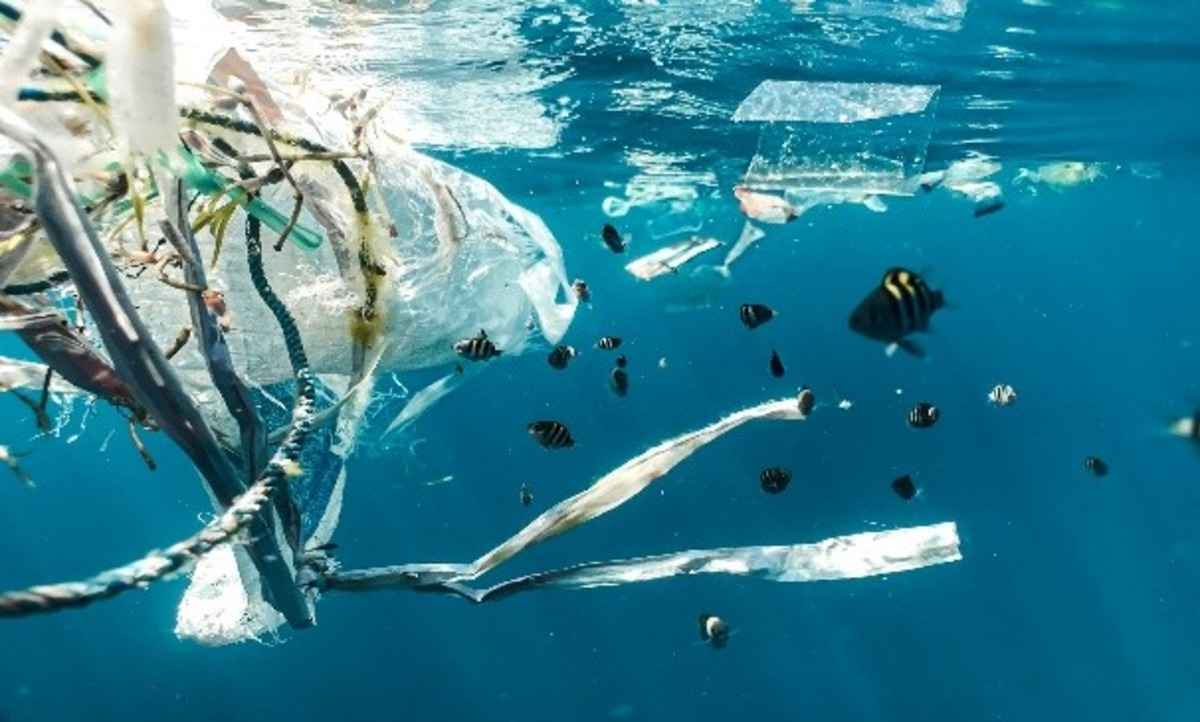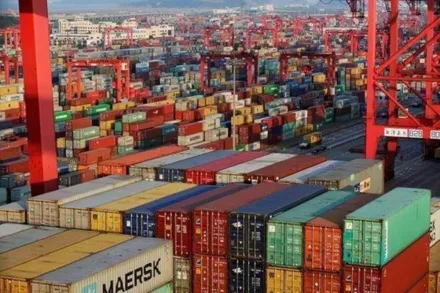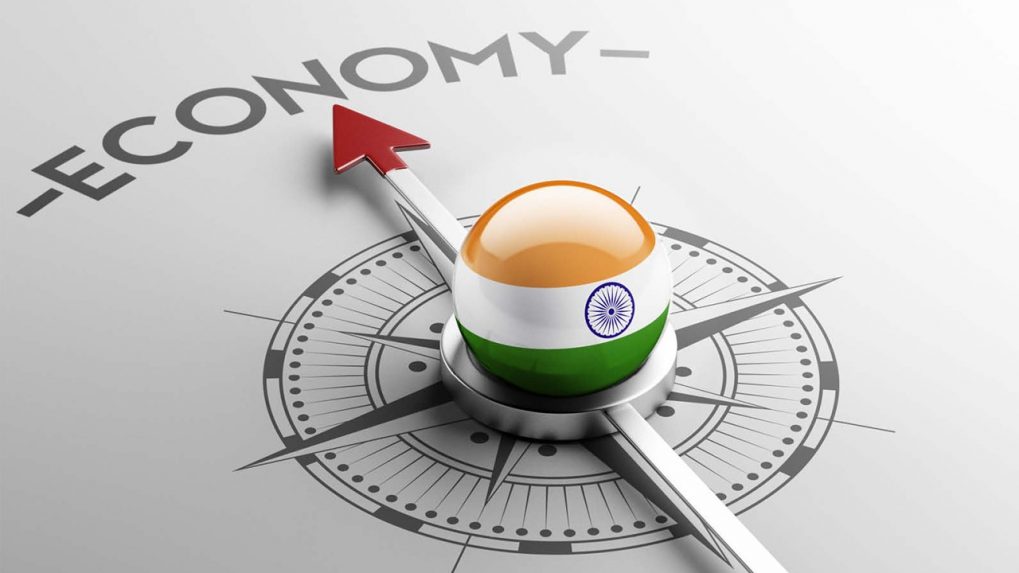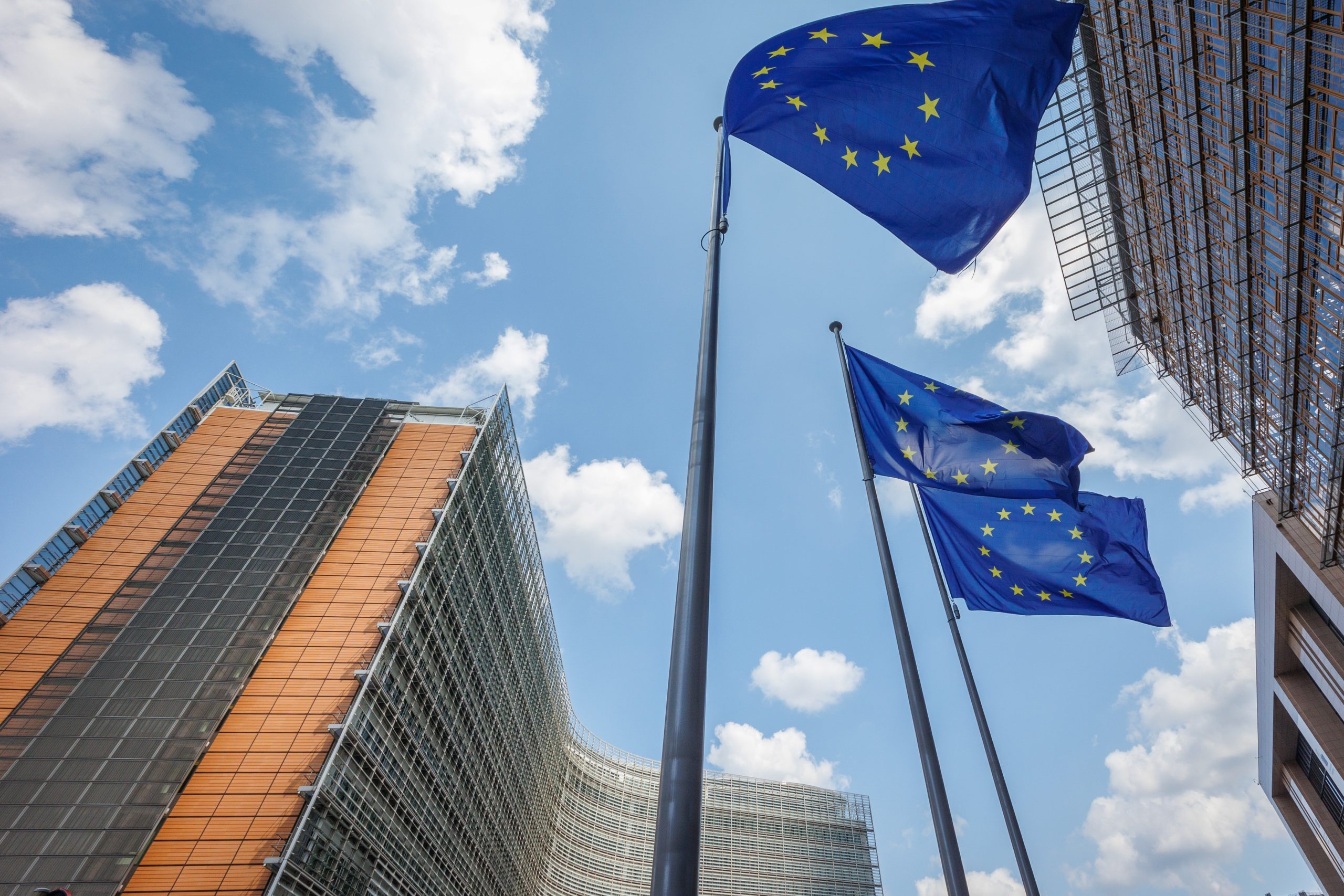- Courses
- GS Full Course 1 Year
- GS Full Course 2 Year
- GS Full Course 3 Year
- GS Full Course Till Selection
- Answer Alpha: Mains 2025 Mentorship
- MEP (Mains Enrichment Programme) Data, Facts
- Essay Target – 150+ Marks
- Online Program
- GS Recorded Course
- Polity
- Geography
- Economy
- Ancient, Medieval and Art & Culture AMAC
- Modern India, Post Independence & World History
- Environment
- Governance
- Science & Technology
- International Relations and Internal Security
- Disaster Management
- Ethics
- NCERT Current Affairs
- Indian Society and Social Issue
- NCERT- Science and Technology
- NCERT - Geography
- NCERT - Ancient History
- NCERT- World History
- NCERT Modern History
- CSAT
- 5 LAYERED ARJUNA Mentorship
- Public Administration Optional
- ABOUT US
- OUR TOPPERS
- TEST SERIES
- FREE STUDY MATERIAL
- VIDEOS
- CONTACT US
UNHRC 2025 Resolution: Linking Plastic Pollution, Oceans, and Human Rights
UNHRC 2025 Resolution: Linking Plastic Pollution, Oceans, and Human Rights
09-04-2025

Introduction
- On April 4, 2025, the United Nations Human Rights Council (UNHRC) adopted a landmark resolution during its 58th session, linking plastic pollution, ocean protection, and the right to a clean, healthy, and sustainable environment.
- This is the first time the UNHRC has formally recognized that plastic waste and marine degradation pose direct threats to human rights, especially in vulnerable coastal and island regions.
- Adopted ahead of two critical global negotiations—UN Ocean Conference (UNOC-3) in June 2025 and INC-5.2 negotiations on the Global Plastics Treaty in August 2025—the resolution strengthens the case for embedding human rights in global environmental agreements.
- It emphasizes that addressing plastic pollution is not just about waste management—but also about protecting lives, livelihoods, and long-term ecological justice.
Key Highlights of the UNHRC 2025 Resolution
- Reaffirms the human right to a healthy environment:
Builds on the UNHRC (2021) and UNGA (2022) recognitions of the right to a clean, healthy, and sustainable environment, now applying it specifically to ocean governance and plastic pollution. - Establishes the first formal plastics–rights linkage:
The resolution is the first to explicitly connect plastic pollution, ocean degradation, and human rights, recognizing their collective threat to health, dignity, and equity. - Recognizes oceans as life-support systems:
Marine ecosystems are acknowledged not just for ecological value but as critical to realizing basic rights—including the rights to health, food, livelihood, and cultural identity. - Adopts a full life-cycle approach to plastics:
Urges countries to act across the entire plastic value chain—from production and design to use, disposal, and post-consumption management. - Promotes prevention and early action:
Endorses a “prevent-before-harm” approach rooted in the precautionary principle, encouraging early action to mitigate harm to ecosystems and people. - Calls for inclusion of Indigenous and local knowledge:
Recognizes traditional knowledge systems as vital to marine stewardship—both culturally and scientifically—and encourages their integration in global governance. - Emphasizes international cooperation and shared responsibility:
Calls for coordinated multilateral action to tackle the transboundary nature of plastic pollution and marine degradation, based on justice and participation.
Human Rights and Ocean Protection
- Oceans sustain human dignity and survival
Oceans regulate climate, absorb carbon, and support global food systems. Over 2.4 billion people live within 100 km of a coastline, relying on marine ecosystems for livelihoods, clean water, and oxygen — all critical to the rights to health, food, and life. - Environmental degradation undermines rights
Each year, over 8 million tonnes of plastic enter the ocean. Combined with rising temperatures and biodiversity loss, this degradation directly threatens the right to a clean, healthy, and sustainable environment. In the Pacific, nearly 50% of marine species have been found with plastic ingestion. - Legal recognition of ocean-linked rights
For the first time, the Human Rights Council frames ocean degradation as a human rights issue, not just an ecological concern. This shift embeds legal obligations to protect marine ecosystems under human rights law. - Traditional knowledge as a governance tool
The resolution emphasizes that Indigenous Peoples and local communities hold vital ecological knowledge. Their role in sustainable ocean stewardship is recognized as both ethical and practical, moving beyond symbolic inclusion. - Shared responsibility in a global crisis
Since 70–80% of marine plastic comes from land-based sources and rivers, the resolution calls for international cooperation. It urges states to ensure that affected communities are included in treaties, decisions, and marine policy-making.
Implications for Vulnerable Communities
- High exposure to marine harm:
Coastal communities, Indigenous Peoples, and Small Island Developing States (SIDS) face the worst effects of ocean degradation. Rising sea levels, stronger storms, and plastic-choked coastlines threaten homes, health, and basic survival. - Threats to food security and public health
Plastic pollution disrupts marine ecosystems that sustain fisheries and coastal agriculture. In the Pacific Ocean, nearly 50% of marine species show plastic ingestion. In India, coastal communities exposed to plastic waste sites report higher respiratory and skin illnesses. - Cultural and territorial loss:
For Indigenous and island communities, oceans are more than resources — they hold ancestral, spiritual, and cultural meaning. As ecosystems decline, communities risk losing identity, traditions, and territory. - Economic and livelihood threats:
India generates nearly 9.5 million tonnes of plastic waste annually, with coastal cities particularly vulnerable. Fishing communities, dependent on healthy marine ecosystems, face income loss due to declining fish stocks and degraded waters. - Demand for inclusive policy-making:
The resolution calls for affected communities to be part of ocean governance. Participation of Indigenous and marginalized groups is essential for transparent, just, and sustainable marine policies.
Impact on Plastic Production and Regulation
- Global plastic production outpaces capacity
In 2023, the world generated an estimated 158.9 million tonnes of plastic waste, with 43% mismanaged. Around 8 million tonnes of plastic entered the oceans, contributing to more than 5.25 trillion plastic particles polluting marine ecosystems - Plastic Overshoot Day signals governance failure
By July 28, 2023, 40% of the global population was living in regions where plastic waste generation exceeded their local management capacity. This figure is projected to rise to 60% by year-end, signalling the urgency of global lifecycle-based regulation. - Treaty push to limit virgin plastic production:
The resolution supports the upcoming Global Plastics Treaty, which aims to regulate plastic across its lifecycle. Many countries advocate caps on virgin plastic production, though this faces resistance from oil-exporting and petrochemical-driven economies. - Circular economy as a strategic response
According to international assessments, transitioning to a circular plastics economy could reduce ocean pollution by 80%, cut emissions by 25%, and deliver significant economic and employment benefits by 2040 - Public support for regulation is rising
According to global surveys, over 87% of respondents support efforts to reduce plastic production. This public backing lends legitimacy to tougher international rules, including product design standards, labelling norms, and reuse mandates.
Implementation Challenges
- Diverging National Interests
Countries with large petrochemical sectors — such as India, China, and Gulf nations — remain cautious about production caps. According to the OECD, plastics are projected to account for over 30% of global oil demand growth by 2030, making this sector central to many nations’ economic strategies. - Regulatory and Enforcement Gaps
UNEP’s 2024 Global Waste Report shows that fewer than 35% of countries have enforceable national laws to reduce plastic production and usage. Of these, only a fraction have functioning monitoring and penalty systems, leaving most targets voluntary or weakly implemented. - Financial Constraints
Access to implementation finance remains unequal. Over 70% of global funding for waste infrastructure goes to upper-middle- and high-income countries, while low-income nations depend heavily on bilateral aid and donor-backed projects. Many developing nations have called for innovative, independent financing mechanisms to ensure predictability. - Trade and Transition Friction
Plastic-linked goods account for nearly 8–10% of total global trade in manufactured items (WTO, 2023). New regulations on plastic production or packaging could disrupt global supply chains — particularly in Asia-Pacific, where plastic exports and imports are deeply embedded in trade flows. - Lack of Monitoring and Accountability
Only 21 countries worldwide have introduced mandatory plastic footprint audits for producers, as per EarthTrack 2023. Without standardized tracking, it becomes difficult to verify compliance, penalize violations, or benchmark progress on plastic reduction.
Way Forward
- Embed Rights-Based Environmental Governance
Future treaties on plastic and ocean governance must institutionalize the right to a clean, healthy, and sustainable environment. This includes aligning action with the SDGs, particularly SDG 14 (Life Below Water) and SDG 12 (Responsible Consumption and Production). - Advance the Global Plastics Treaty at INC-5.2
The upcoming INC-5.2 session should deliver a legally binding agreement addressing the full plastic lifecycle. This includes targets on virgin plastic reduction, hazardous additives, and global compliance mechanisms, especially for the most vulnerable nations. - Invest in Circular Economy Solutions
Governments must prioritize circularity. According to UN and WEF estimates, transitioning to circular models could reduce ocean plastic pollution by 80% by 2040, cut emissions by 25%, and generate economic benefits. Policies should promote reuse systems, eco-design, and closed-loop recycling. - Mobilize Equitable Climate and Waste Financing
More than 70% of international waste financing is directed toward high-income countries. Future mechanisms must ensure that low- and middle-income nations receive adequate financial and technical support to build waste infrastructure, monitor plastic flows, and enforce regulations. - Strengthen Global Monitoring and Reporting
Only a few countries have mandatory plastic footprint audits. Establishing standardized global methodologies and ensuring transparent reporting from producers and states will be critical to track progress and hold polluters accountable. - Protect the Role of Communities and Waste Workers
The informal sector recycles up to 8.5 million tonnes of plastic annually in India alone. Future treaties must recognize and integrate waste pickers, Indigenous groups, and coastal communities in governance frameworks, ensuring equitable participation and just transition pathways.
India’s Initiatives
- Plastic Waste Management Rules (Amendment), 2025
These rules mandate QR code/barcode labelling on plastic packaging to improve traceability. Producers must meet Extended Producer Responsibility (EPR) targets or face penalties. Environmental compensation is imposed on non-compliant entities. - National Circular Economy Roadmap
The roadmap outlines strategic goals to transform India's plastic waste management by 2035. Key targets include increasing recycling rates to 67%, phasing out single-use plastics, and digitally tracking over 80% of waste streams. These efforts aim to reduce landfill dependence by 30%, decrease greenhouse gas emissions by 20–50%, and improve air quality. - Decentralized Waste Management by ULBs
Under Swachh Bharat Mission-Urban 2.0 and 15th Finance Commission grants, Urban Local Bodies are being empowered to manage ward-level waste segregation, collection, and local processing with active citizen engagement. - Agricultural plastic take-back schemes
Pilot take-back programs are being introduced for pesticide containers and other agri-plastics. The government is also promoting organic mulch and recognizing “Plastic-Free Farm” certifications. - Support for global action and regional cooperation
India participates in the INC treaty process and regional ocean protection under UNEP’s Regional Seas Programme, advocating for equity, innovation access, and South-South cooperation.
Conclusion
- The UNHRC resolution marks a turning point by placing human rights at the core of global plastic and ocean governance.
- It challenges nations to act beyond cleanup — addressing production, equity, and long-term sustainability.
- Moving forward, environmental protection must be built on justice, inclusion, and shared global responsibility.
Appendix A: United Nations Ocean Conference (UNOC-3)
|
|
Appendix B: Intergovernmental Negotiating Committee (INC-5.2) – Global Plastics Treaty
|
Appendix C: United Nations Human Rights Council (UNHRC)
|
|
Also Read |
|
| NCERT Books For UPSC | |
| UPSC Monthly Magazine | Best IAS Coaching in Delhi |




